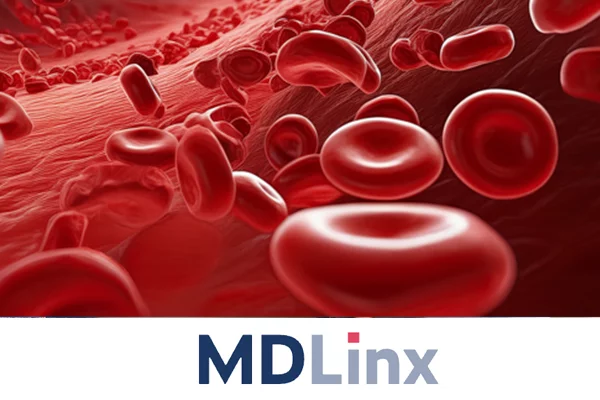
For many years, LDL cholesterol (LDL-C) has been the usual way to check for heart disease risk. However, recent research indicates that apolipoprotein B (apoB) and lipoprotein(a) [Lp(a)] may serve as more accurate predictors of atherosclerotic cardiovascular disease (ASCVD).
A 2025 review in the European Heart Journal of more than 200,000 participants who were tracked for over 14 years indicated that the combination of apoB particle count and Lp(a) produced the best accurate lipid-based prediction of coronary artery disease (CAD).
Some doctors already use these markers in their regular checkups. Mary Greene, MD, from Manhattan Cardiology in NYC, says that her current practice standard is to order apoB and Lp(a) “on every patient at least once.” Particle-based measurements provide for residual risk overlooked by LDL-C, and some guidelines currently incorporate apoB and Lp(a) in risk-stratification algorithms. The question of when widespread adoption will occur may become less of a concern when laboratory access becomes more ubiquitous and costs approach those of normal lipid panels. Read the article
Would you like to schedule an appointment with Dr. Mary Greene?


